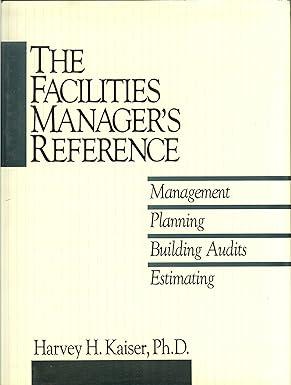Question
Johnson Corporation began 2016 with inventory of 12,000 units of its only product. The units cost $8 each. The company uses a periodic inventory system
| Johnson Corporation began 2016 with inventory of 12,000 units of its only product. The units cost $8 each. The company uses a periodic inventory system and the LIFO cost method. The following transactions occurred during 2016: |
| a. | Purchased 60,000 additional units at a cost of $10 per unit. Terms of the purchases were 2/10, n/30, and 100% of the purchases were paid for within the 10-day discount period. The company uses the gross method to record purchase discounts. The merchandise was purchased f.o.b. shipping point and freight charges of $0.60 per unit were paid by Johnson. |
| b. | 1,200 units purchased during the year were returned to suppliers for credit. Johnson was also given credit for the freight charges of $0.60 per unit it had paid on the original purchase. The units were defective and were returned two days after they were received. |
| c. | Sales for the year totaled 55,000 units at $18 per unit. |
| d. | On December 28, 2016, Johnson purchased 5,200 additional units at $11 each. The goods were shipped f.o.b. destination and arrived at Johnson's warehouse on January 4, 2017. |
| e. | 15,800 units were on hand at the end of 2016. |
| Required: | |
| 1. | Complete the below table to determine the ending inventory and cost of goods sold for 2016. (Do not round your intermediate calculations. Amounts to be deducted should be indicated with a minus sign.) |
| Beginning inventory = 2016 purchases= ending inventory= beginning inventory= net purchases: 1. 2. 3. 4. Cost of goods available for sale less:ending inventory cost of goods sold (for net purchases choose from the following: feight-in, purcahse discounts, purcahses, returns) | |
| 2. | Assuming that operating expenses other than those indicated in the above transactions amounted to $154,000, determine income before income taxes for 2016. (Do not round your intermediate calculations.) |
| income before incme taxes: |
rev: 03_20_2015_QC_CS-11361
References
eBook & Resources
WorksheetLearning Objective: 08-01 Explain the difference between a perpetual inventory system and a periodic inventory system.Learning Objective: 08-03 Determine the expenditures that should be included in the cost of inventory.
Difficulty: 2 MediumLearning Objective: 08-02 Explain which physical quantities of goods should be included in inventory.Learning Objective: 08-04 Differentiate between the specific identification, FIFO, LIFO, and average cost methods used to determine the cost of ending inventory and cost of goods sold.
Check my work
Step by Step Solution
There are 3 Steps involved in it
Step: 1

Get Instant Access to Expert-Tailored Solutions
See step-by-step solutions with expert insights and AI powered tools for academic success
Step: 2

Step: 3

Ace Your Homework with AI
Get the answers you need in no time with our AI-driven, step-by-step assistance
Get Started


